In a sprawling laboratory complex in Los Angeles, researchers are developing technologies that could allow future lunar citizens to live off the land.
As Vlada Stamenkovic tells it, the instruction he and his colleagues…
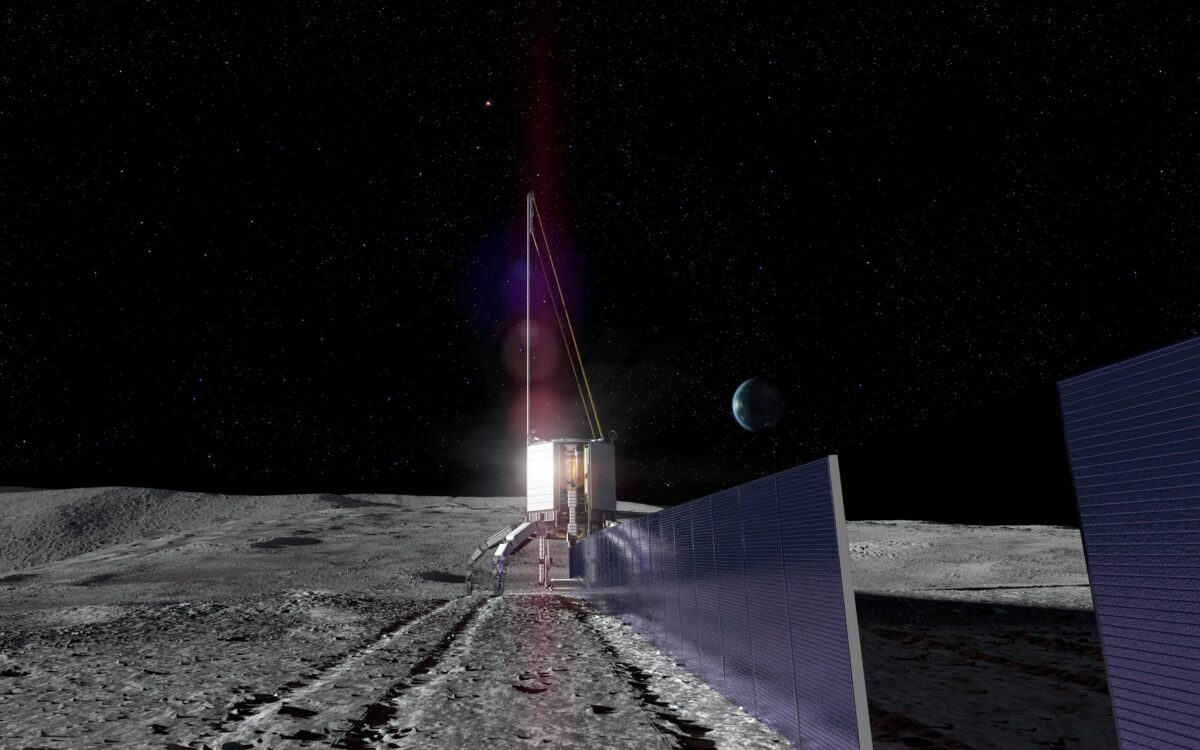
In a sprawling laboratory complex in Los Angeles, researchers are developing technologies that could allow future lunar citizens to live off the land.
As Vlada Stamenkovic tells it, the instruction he and his colleagues…
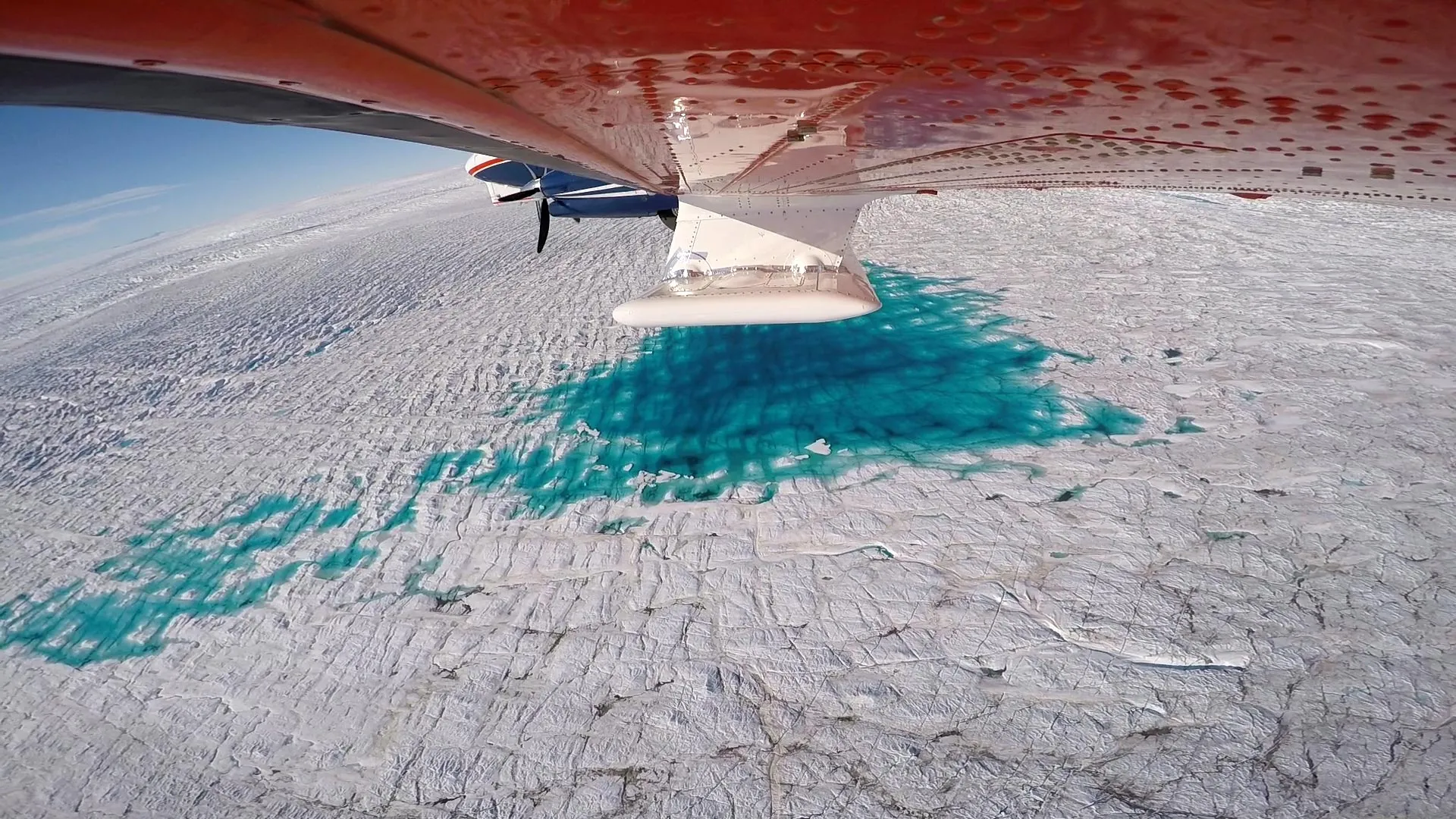
Scientists first detected the lake in observational records from 1995. Before then, no lakes had existed in this part of the 79°N Glacier. “There were no lakes in this area of the 79°N Glacier before the rise in atmospheric temperatures in the…

Scientists first detected the lake in observational records from 1995. Before then, no lakes had existed in this part of the 79°N Glacier. “There were no lakes in this area of the 79°N Glacier before the rise in atmospheric temperatures in the…
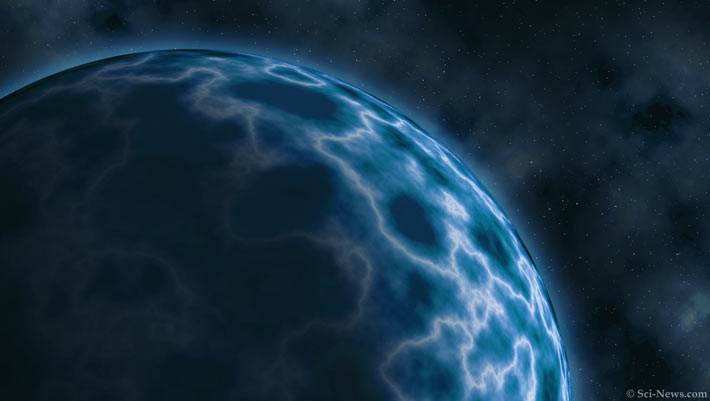
A population of free-floating planets is known from gravitational microlensing surveys. None have a directly measured mass, owing to a degeneracy with the distance, but the population statistics indicate that many are less massive than…
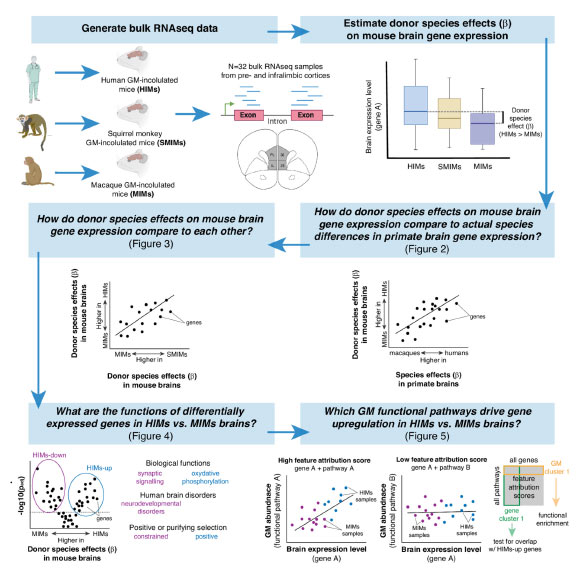
Compared to other primates, humans have remarkably large brains relative to their body sizes. The resultant high demands for glucose may have been supported by changes in the gut microbiota, which can influence host metabolism. In this study,…
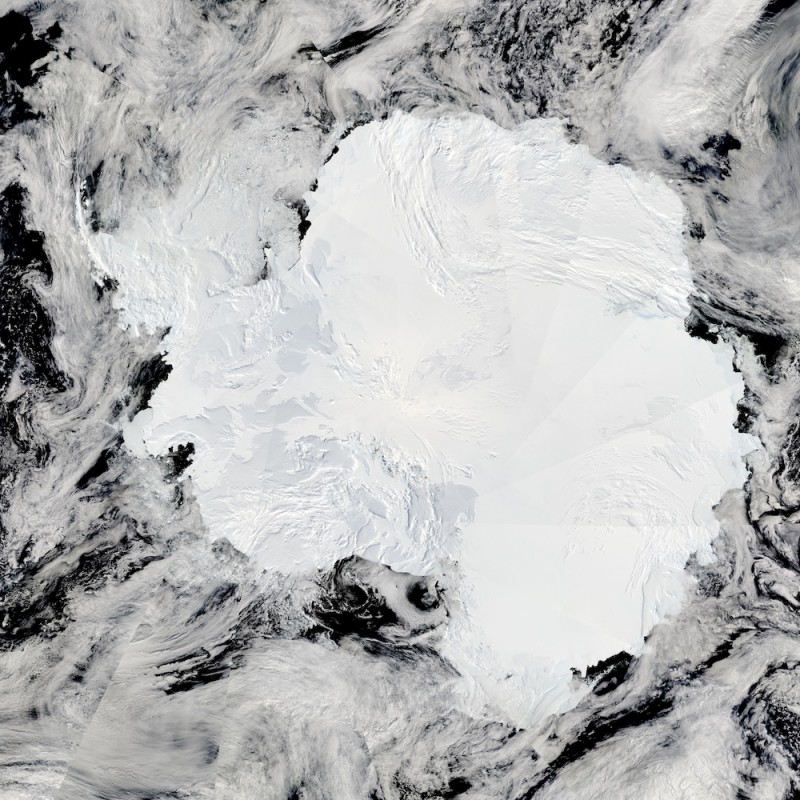
When we think of global warming, what first comes to mind is the air: crushing heatwaves that are felt rather than seen, except through the haziness of humid air. But when it comes to melting ice sheets, rising ocean temperatures may…
Cambridge, MA (January 5, 2026)— Using new observations from NASA’s Hubble Space Telescope and ground-based observatories, astronomers tracked the influence of a recently discovered companion star, Siwarha, on the gas around Betelgeuse. The…
Join a veteran NASA astronaut on their journey in what it took for them to become an astronaut and let them be your guide behind the gates of Kennedy Space Center.
A catered lunch will be provided back at the main…